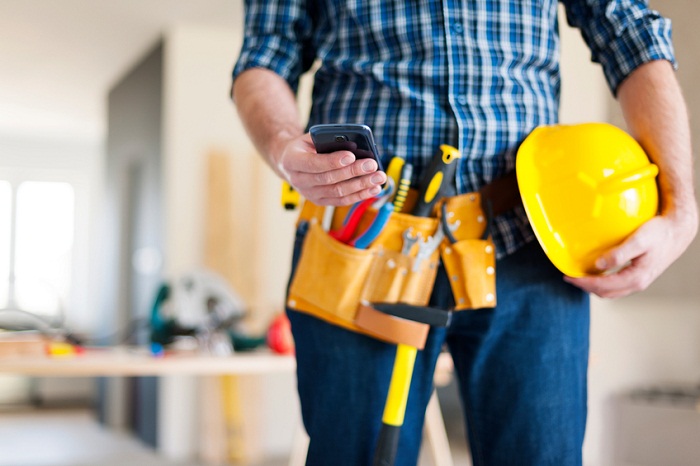If you have a bit of know-how and skill, you can do a lot of the work in the house yourself. Unfortunately, this does not mean that this is always the best idea – at least when it comes to electrical installations. These may only be carried out by professionals. The situation is different, for example, when repairing charging cables etc. We will inform you where you can repair yourself and what is dangerous.
You can repair cable breaks in low-voltage devices yourself
With low-voltage devices, you may be able to repair a broken cable yourself. However, it depends on the type of cable. Low voltage cables, such as those from headphones or chargers, can usually be repaired without problems using a few tools that you can get on this site, since they have a voltage of less than 50 volts. For 230 volt mains plugs, on the other hand, a specialist company should be commissioned. Here we explain how to repair a low-voltage cable yourself after disconnecting it from the power source.
Repair a broken cable – Here’s how:
- Locate the point of break: Unless the point of the cable break is obvious from the broken insulation, move the cable of the connected device in different places. If there is a loose connection, you have found the breaking point.
- Removing the breakage: Now you need to remove a piece of the breakage after disconnecting the power. To do this, cut out the broken area while separating the wires evenly.
- Isolating: Now you have to strip the open wires using a wire stripper.
- Repairing the cable break: Now you can either solder or crimp the cable. But first you need to connect the two ends of the cable together. To do this, slide a shrink tube over the wire ends.
- Method a) Crimping the cable: For this you need crimping pliers and connectors or butt connectors. You pull the connector over both ends of the wire and press it together with the crimping tool. This connection is more stable than a soldered connection. If you want to strip the whole thing, you will again need heat-shrink tubing, which you pull over the open connection and heat.
Method b) Soldering cables: If you decide to solder, you need a soldering iron and solder or solder, which you heat and apply to the wires. You then place the two wires on top of each other and heat the solder again to glue the two wire ends together. Then slide heat shrink tubing over it and heat it to insulate the area.
What other work is permitted and which is life-threatening?
Electrical installations belong to the “risk-prone crafts”, which is why, according to §1 Para. 1 of the Crafts Code, they may only be carried out by companies that are entered in the crafts register – i.e. by specialist electrical companies. Section 13 of the Low-Voltage Connection Ordinance also states that electrical installations belong in the hands of specialists. When building your own home, you are not even allowed to connect lamps yourself, remove and replace sockets or switches or connect devices with a permanent connection yourself. However, this is not monitored, it is more about safety with regard to property damage and personal injury.
However, you can do around 60% of an electrical business yourself. This includes work such as:
● Chisel slots
● Lay empty pipes
● Pull cables into empty conduits
● Install flush-mounted sockets and distributors
● Installation work (ducts, clamps, terminal boxes, etc.)
The following safety rules apply when working with electronics:
● Pull out the mains plug before working on electrical devices.
● When doing installation work, always turn off the power first and switch off the fuse of the relevant circuit
● Only carry out electrical work for which you have the appropriate specialist knowledge
● Verify that the system is de-energized
● Attach an information sign to the fuse box so that the fuse is not accidentally switched on again
● No contact with the house connection or with sealed meters and main fuses
● Do not use, remove or disconnect the protective conductor for other functions
● After completing work, check the protective conductor function.
Working with electronics is life-threatening and should therefore only be carried out under strict safety precautions.

